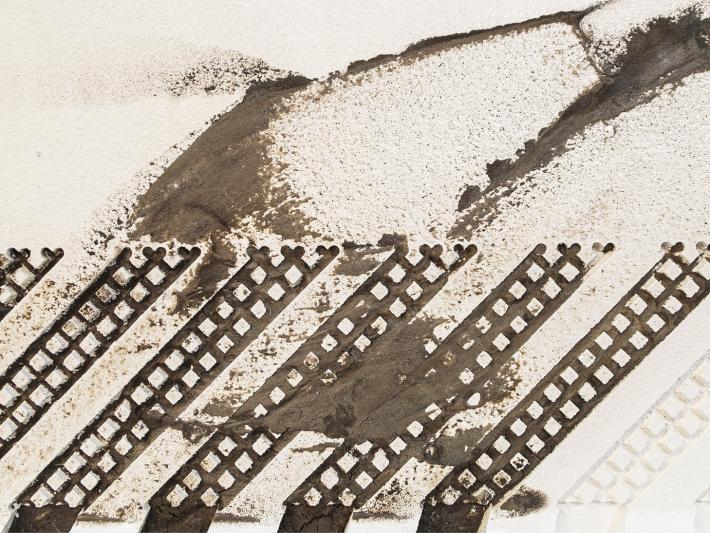Halina Steiner Wins 2021 OCASLA Professional Honor Award
Halina Steiner received a 2021 Honor Award from the Ohio Chapter of the American Society of Landscape Architects in recognition of her project, Curbing Sediment.
Halina Steiner Wins 2021 OCASLA Professional Honor Award
Halina Steiner, assistant professor of landscape architecture, led a team that received a 2021 Honor Award from the Ohio Chapter of the American Society of Landscape Architects in recognition of her project, Curbing Sediment.
Steiner’s project challenges the design standard of the concrete curb and apron by investigating alternatives to this standard via alterations on the curb and apron face to reduce stormwater runoff velocity and collect roadway sediment before it enters and potentially clogs green infrastructure stormwater controls and waterways.
A co-principal investigator, Steiner served as the project lead and inventor. Dr. Ryan Winston, assistant professor in the Department of Food, Agricultural and Biological Engineering, served as a co-principal investigator. Two undergraduate students completed the team as researchers: Avee Oabel, landscape architecture at the Knowlton School; and Alec Grimm, civil engineering in the School of Environment and Natural Resources.
Media Gallery
Curbing Sediment
The design of a curb is straightforward. Often formed of concrete, it delineates pedestrian and vehicular space via a 15-centimeter grade change from gutter to sidewalk. The curb itself provides a conveyance of stormwater, facilitating the movement of water—and pollutants—from the street into our waterways.
Pollutants such as sediment, nutrients from lawn fertilizers, bacteria, pesticides, metals, and petroleum by-products are all present in stormwater. Pollutants accumulate on the road surface and are released during storm events, carried to storm drains via a system of concrete curbs, gutters, and aprons, and deposited into waterways by sewers, often without treatment. Once pollutants enter the waterways they impact the ecosystem and affect water quality. How can discrete standards—like a curb—be leveraged to have larger systemic impacts?
If we redesign the curb and apron to perform as a magnet for stormwater pollutants we can challenge this conventional design standard. During the summer of 2019, the interdisciplinary research team comprised of landscape architects and engineers tested alternatives to the standard concrete curb and apron.
The team used an iterative design process to add patterning and crenellations to the face of the curb and apron. Using full-scale models to test simulated storm events, the team collected data to evaluate the performance of twenty alternative designs. The results suggest the new curbs can abstract pollutants from roadways before they are detrimental to aquatic organisms.
New designs can be implemented within the existing footprint of city streets, saving costs related to earthwork or real estate acquisition that are typically related to the implementation of stormwater control measures (SCMs). The relatively small footprint of the designs can be implemented in locations where physical limitations, such as mature trees, narrow sidewalks, and high groundwater, may restrict the use of traditional SCMs. Small-scale changes to design standards can have regional impacts and communicate relationships that exist between our cities and their environments.
— Halina Steiner, Assistant Professor of Landscape Architecture




